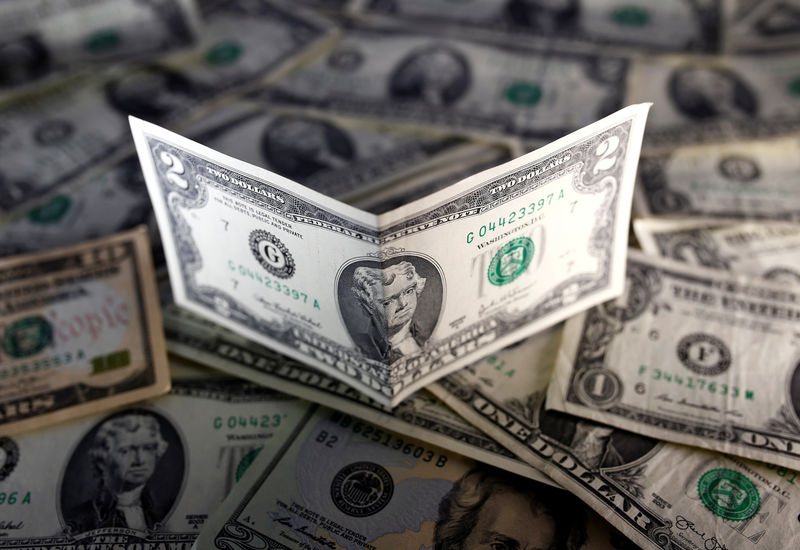Investing.com - The dollar fell sharply against the yen and the other major currencies on Monday as uncertainty over potential risk events prompted investors to consolidate gains after the greenback’s powerful post-U.S. election rally.
The U.S. dollar index, which measures the greenback’s strength against a trade-weighted basket of six major currencies, was down 0.53% at 100.93, adding to Friday’s losses.
On Thursday, the index surged to highs of 102.07, a level not seen since April 2003.
The dollar surge was powered by expectations that increased fiscal spending and tax cuts under the Trump administration will spur economic growth and inflation.
Expectations for a rate hike by the Federal Reserve next month also lifted the U.S. currency.
The dollar slipped lower on Friday as traders took advantage of the holiday-shortened week to take profits.
Dollar selling resumed on Monday as investors looked ahead to potentially risky events such as Wednesday’s OPEC meeting and Italy’s upcoming constitutional referendum on December 4, which could see the government resign.
Oil prices were hit by doubts over whether major exporters will be able to reach a deal to curb oversupply and prop up the market.
Investors were also looking ahead to a raft of U.S. economic data this week, including ISM manufacturing data and Friday’s nonfarm payrolls report for November.
The dollar was down more than 1% against the yen, with USD/JPY at 111.85, after rising to an eight-month high of 113.89 on Friday.
The safe haven yen was also higher against the euro and the pound, with EUR/JPY down 0.43% at 119.28 and GBP/JPY losing 0.89% to trade at 139.94.
The euro gained ground, with EUR/USD rising 0.72% to 1.0662. The single currency touched lows of 1.0517 on Thursday, the weakest level since December 2015.
Sterling pushed higher, with GBP/USD rising 0.26% to 1.2509.
The traditional safe haven Swiss franc was also stronger against the dollar, with USD/CHF down 0.51% to 1.0090.
